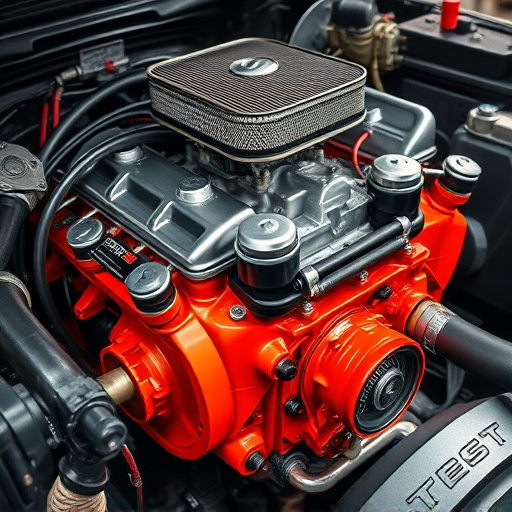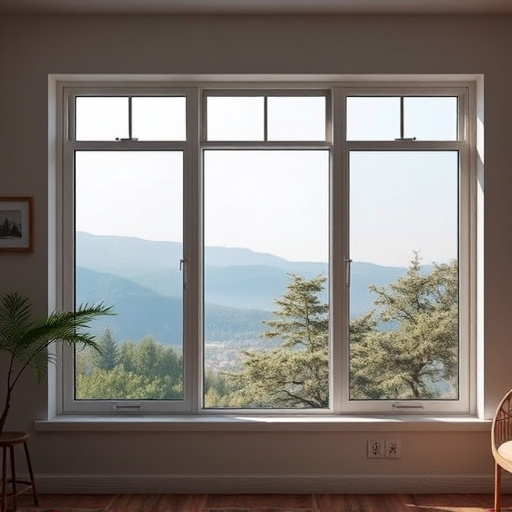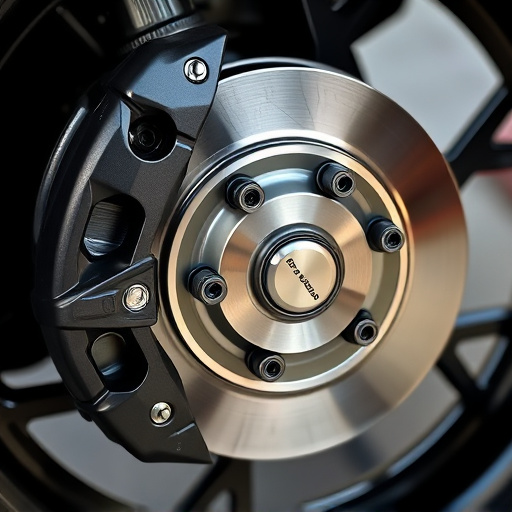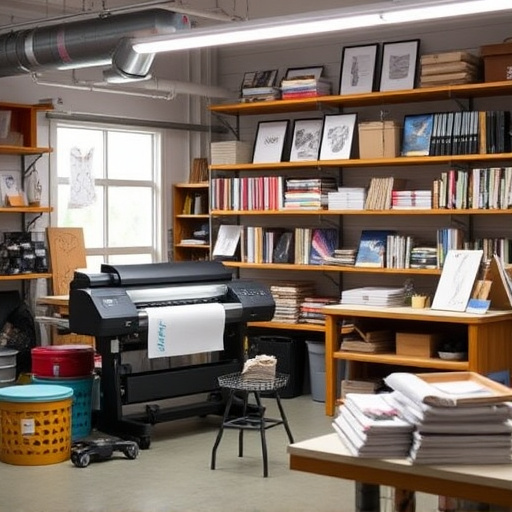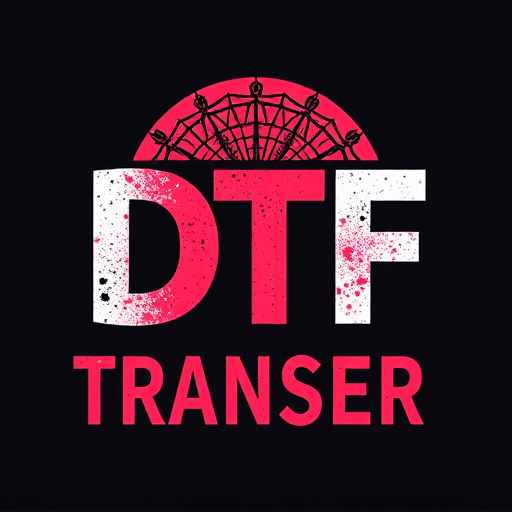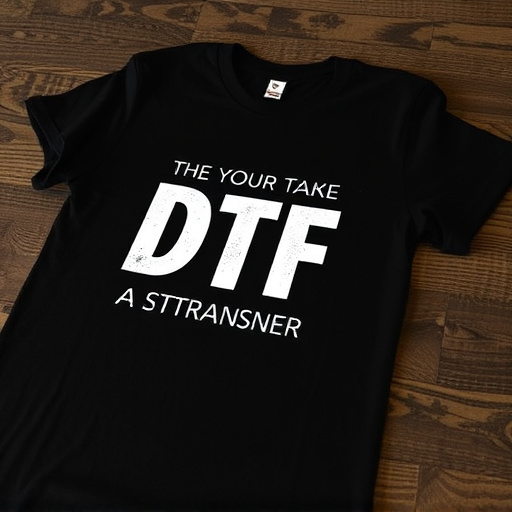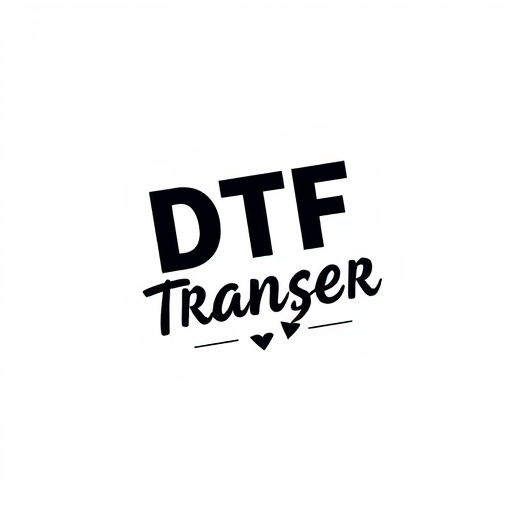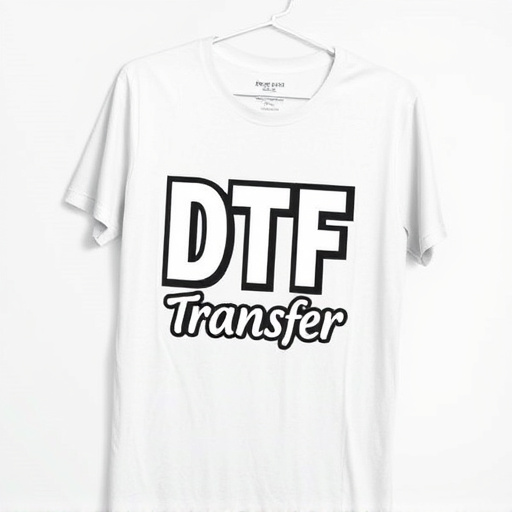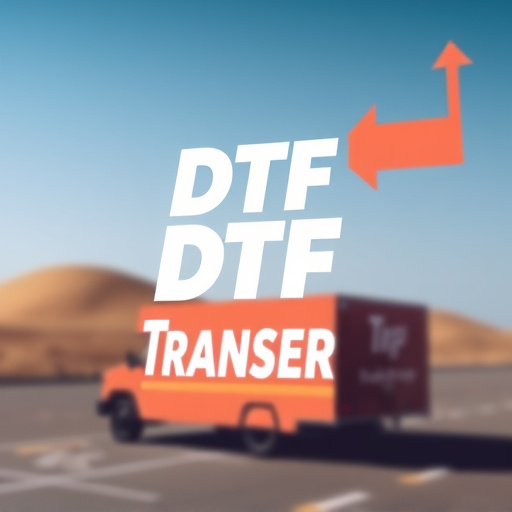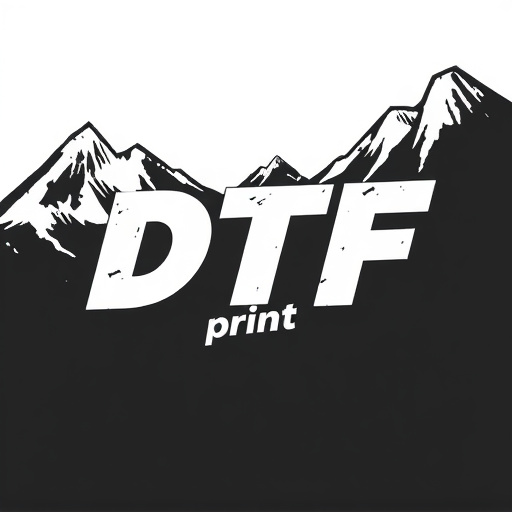Direct-to-film (DTF) transfers and heat transfer vinyl (HTV) are revolutionizing printing with their superior quality and versatility. DTF offers sharp, vibrant prints in less time than traditional DTG methods, ideal for businesses or artists creating intricate multi-color designs on various surfaces like textiles and metal. HTV provides a cost-effective alternative for complex details on curved surfaces, with faster curing times and enhanced properties. Both technologies are rapidly growing, driven by innovation that enhances durability and expands creative options for consumers.
In the realm of custom printing, Direct-to-Film (DTF) transfers and heat transfer vinyl offer distinct approaches. This article delves into the contrasting worlds of DTF—its understanding, process, and quality—and heat transfer vinyl as viable alternatives. We explore how each method impacts print durability and versatility for diverse applications. By comparing DTF prints with heat transfer vinyl, users can make informed decisions, leveraging the strengths of each technology to meet their specific needs in today’s dynamic market.
- Understanding Direct-to-Film (DTF) Transfers: A Comprehensive Overview
- The Process of DTF Printing: Unlocking Its Potential
- Heat Transfer Vinyl: An Alternative Approach to Customization
- Comparing Quality and Durability: DTF vs Heat Transfer Vinyl Prints
- Considerations for Different Applications: Which is the Better Choice?
- Exploring Future Trends: The Evolution of DTF and Heat Transfer Techniques
Understanding Direct-to-Film (DTF) Transfers: A Comprehensive Overview
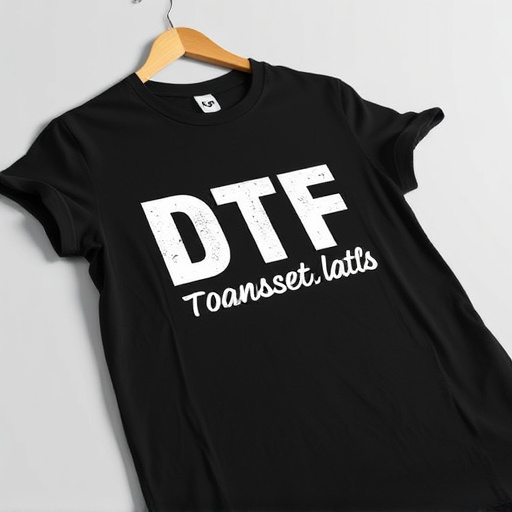
Direct-to-Film (DTF) transfers are a cutting-edge method in the printing industry, offering unparalleled quality and versatility for creating custom designs on various surfaces. This process involves applying ink directly onto a film, which is then transferred onto the desired material through heat and pressure. DTF is particularly favored for its ability to produce sharp, vibrant prints on materials like T-shirts, mugs, and even metal surfaces. The technology has revolutionized DTG (Direct-to-Garment) printing by providing faster production times and a wider range of applicable items.
DTF Printing has gained popularity due to its efficiency and the remarkable details it can achieve. With advanced DTF Transfers, printers can work with multiple colors, intricate patterns, and even photographic images, resulting in high-quality, long-lasting prints. This method is ideal for businesses seeking a cost-effective solution for custom product branding or for artists looking to bring their creative visions to life on various merchandise.
The Process of DTF Printing: Unlocking Its Potential
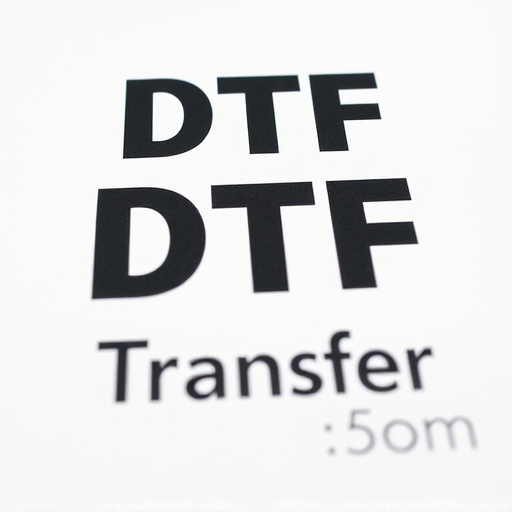
Direct-to-film (DTF) printing is a cutting-edge technology that has revolutionized the way we approach custom printing and design. This process involves transferring ink directly onto a film, which is then applied to various surfaces like textiles or plastics. The beauty of DTF lies in its versatility and efficiency; it allows for intricate designs with vibrant colors, making it a favorite among artists and businesses alike.
The DTF transfer process begins with creating or obtaining a digital design, which is then printed onto the specialized film using high-resolution printers. This film acts as a carrier, carrying the image until it’s ready to be applied. Once the ink is cured, the film is carefully positioned over the desired substrate, and heat is applied to fuse the design, resulting in long-lasting, high-quality DTF prints.
Heat Transfer Vinyl: An Alternative Approach to Customization
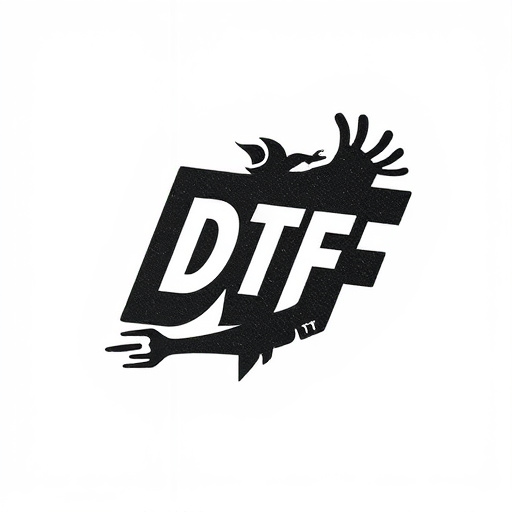
Heat Transfer Vinyl (HTV) offers a unique and versatile approach to customization, providing an alternative to traditional DTF Transfers. Instead of directly printing on fabric or other materials, HTV involves transferring heat-activated ink onto a carrier sheet, which is then pressed onto the desired surface. This method allows for precise application and detailed designs, making it ideal for creating custom apparel, accessories, and home decor items.
With HTV, printers can achieve vibrant DTF prints with excellent color accuracy and durability. The process is relatively simple: design the artwork, print it onto the carrier sheet using a specialized printer, then heat-press the vinyl onto the final substrate. This technique offers numerous benefits, including the ability to produce complex graphics, text, and even textures on various materials like cotton, polyester, leather, and more. Its popularity has grown due to its accessibility, cost-effectiveness, and the wide range of creative possibilities it presents for both businesses and individuals seeking customized products.
Comparing Quality and Durability: DTF vs Heat Transfer Vinyl Prints
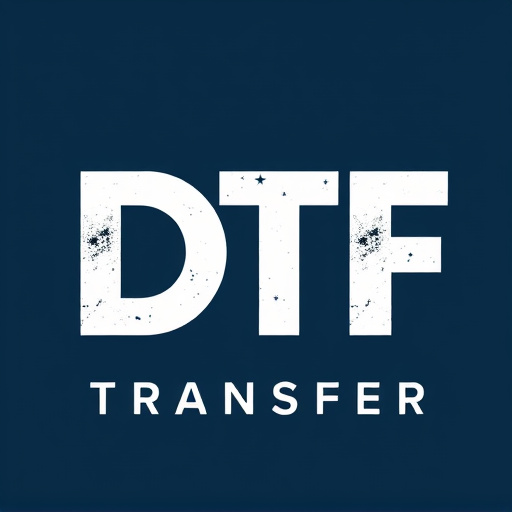
When comparing direct-to-film (DTF) transfers with heat transfer vinyl prints, quality and durability are key factors to consider. DTF printing directly applies ink onto a film that is then bonded to the substrate, resulting in vibrant colors and sharp details. This method offers excellent longevity, as the print is encapsulated within the material, protecting it from fading or scratching. Conversely, heat transfer vinyl involves applying heated vinyl with an embedded design to the fabric, which can lead to slight variations in color accuracy and detail depending on the heat pressure applied. While still durable, heat transfer vinyl prints may not match the robust longevity of DTF transfers due to the exposed nature of the ink.
Additionally, DTF Transfers often prove superior in terms of consistency across large runs, ensuring each print maintains the same high-quality standards. In contrast, heat transfer vinyl might exhibit subtle differences between batches or application settings, which can impact overall uniformity. For applications demanding consistent, long-lasting quality, like merchandising or uniform production, DTF transfers may be the preferable choice.
Considerations for Different Applications: Which is the Better Choice?

When deciding between direct-to-film (DTF) transfers and heat transfer vinyl (HTV), understanding the nuances for various applications is key. DTF transfers offer a straightforward, cost-effective solution for simple designs applied to flat surfaces like t-shirts or mugs. Their ease of use and rapid drying time make them popular for small-batch production or personal projects. On the other hand, HTV provides more versatility, suitable for complex designs with fine details on a range of materials, including textiles, plastics, and metals.
While DTF prints excel in speed and simplicity, HTV stands out for its durability and adaptability to diverse applications. For high-quality, long-lasting designs, especially on curved surfaces or materials other than fabric, heat transfer vinyl is often the better choice. Its ability to conform to various shapes without compromising image quality makes it a preferred option in professional garment printing, signage, and crafting industries.
Exploring Future Trends: The Evolution of DTF and Heat Transfer Techniques
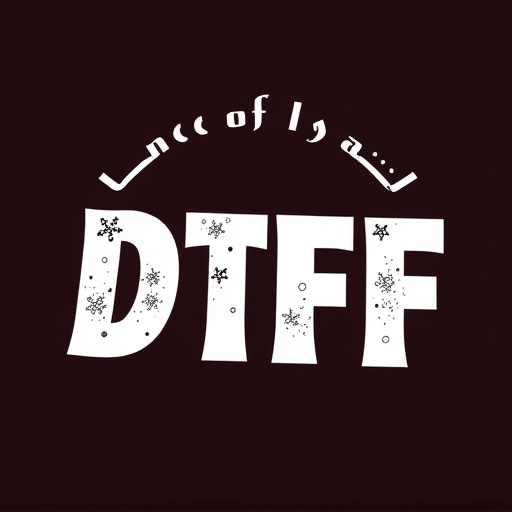
The future of direct-to-film (DTF) transfers and heat transfer vinyl is continually evolving, driven by advancements in technology and shifting consumer demands. As DTF printing becomes more sophisticated, we’re seeing an increase in the quality and versatility of DTF prints. This technology now allows for even more intricate designs, complex color palettes, and improved durability on a wide range of substrates.
Heat transfer vinyl (HTV) also continues to grow in popularity, offering its own set of advantages. Innovations in HTV include improved application methods, faster curing times, and enhanced adhesive properties. These developments make heat transfer an increasingly attractive option for custom apparel printing, particularly for small businesses and hobbyists looking for a more accessible and cost-effective solution. The competition between DTF and HTV is fostering innovation across the industry, ultimately benefiting consumers with better quality products and a wider array of creative possibilities.
